Why visit MASP, the Museum of Art in São Paulo?
Every time we go to São Paulo, Brazil to visit family, I make a list of things I want to do because it is an enormous city with lots of cultural attractions and world-class museums. The city’s nicest collection is at the Museum of Art in São Paulo (or Museu de Arte de São Paulo–MASP). In fact, it’s known as the best collection of Western art in Latin America.
The museum has excellent temporary exhibits of modern and contemporary art.
And just outside the museum is a Trianon Park, a tropical forest in the middle of the city, with two excellent outdoor markets on Sundays. The space under the museum turns into a huge antiques market, and across the street is a handicrafts market, a great place to buy souvenirs, support local artisans, and try typical street food.
The museum’s permanent collection room was redone a few years back, and the pieces now stand in a glass display, almost suspended in air. It’s an interesting way to view the work, different from the traditional way of paintings on walls.
Though MASP doesn’t have the best pieces by great artists, it does include enough works by important artists, in addition to hosting excellent temporary exhibits, that anyone in São Paulo should make time to visit. The following are some, but definitely not all, of the highlights.
The collection includes paintings by Italian masters like Botticelli, Titian, Tintoretto, and Giovanni Bellini.
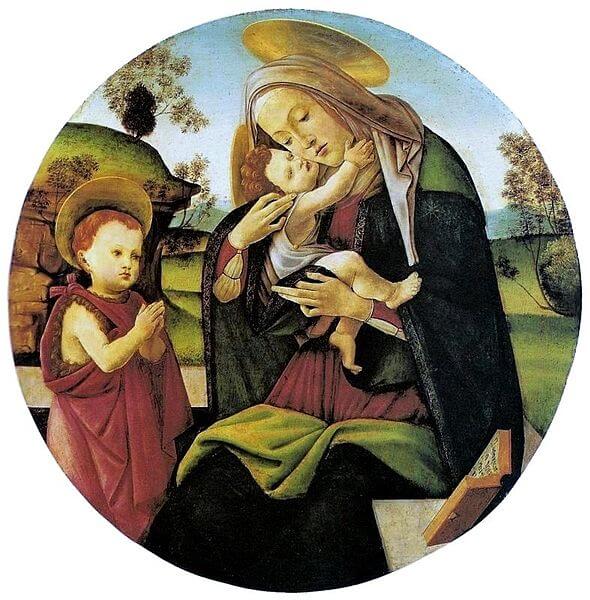
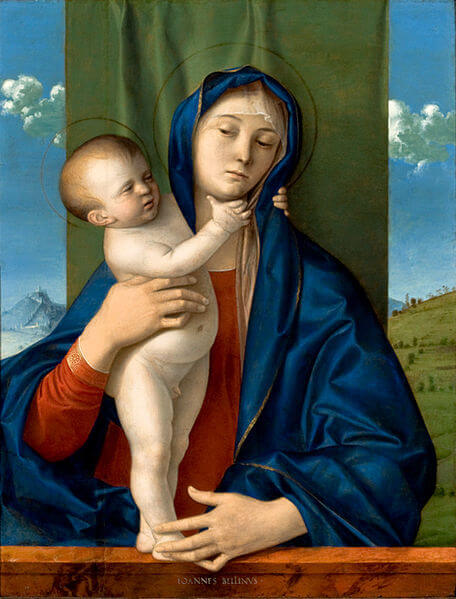
There are also impressive paintings by El Greco and Diego Velasquez. The Velasquez work is one of a few large portraits.
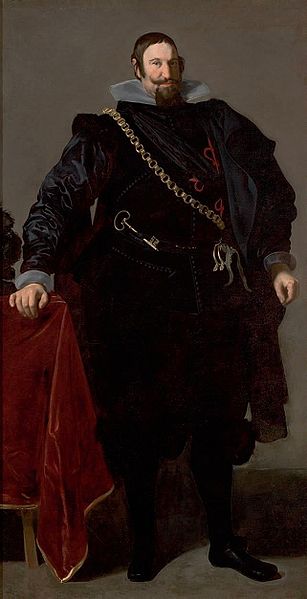
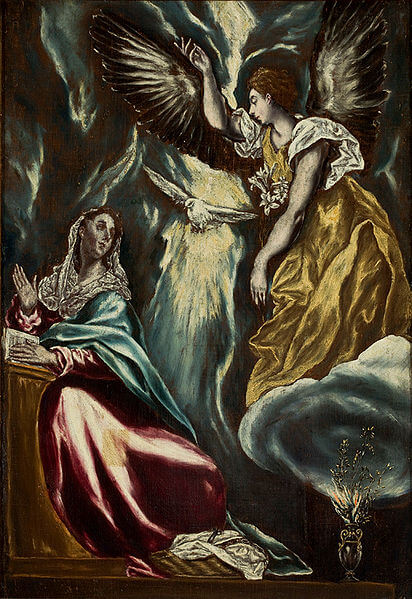
Like other works by Rembrandt, the brushstrokes and human emotion of this self-portrait create an intimacy that pulls viewers in.
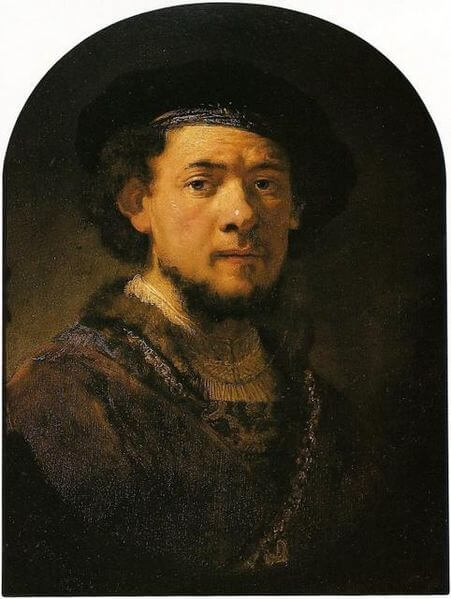
MASP has many works by great 19th and 20th century artists including Monet, Gauguin, and Turner.
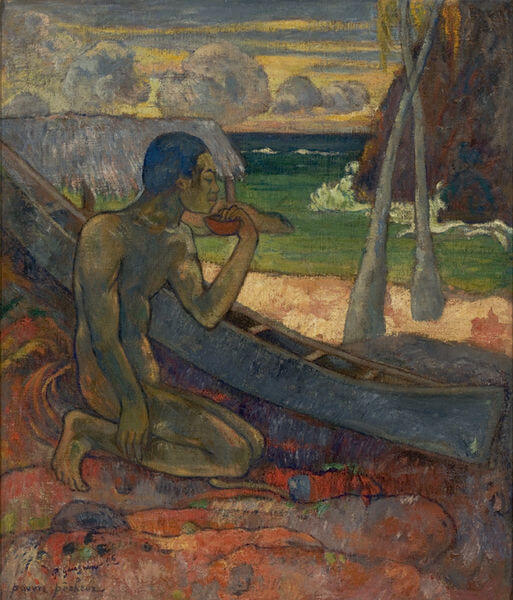
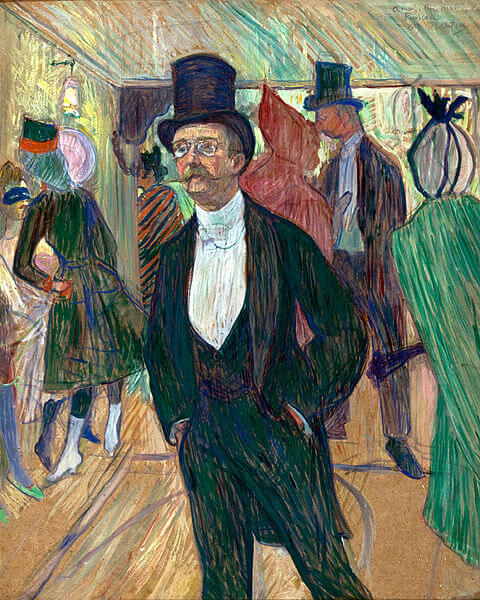
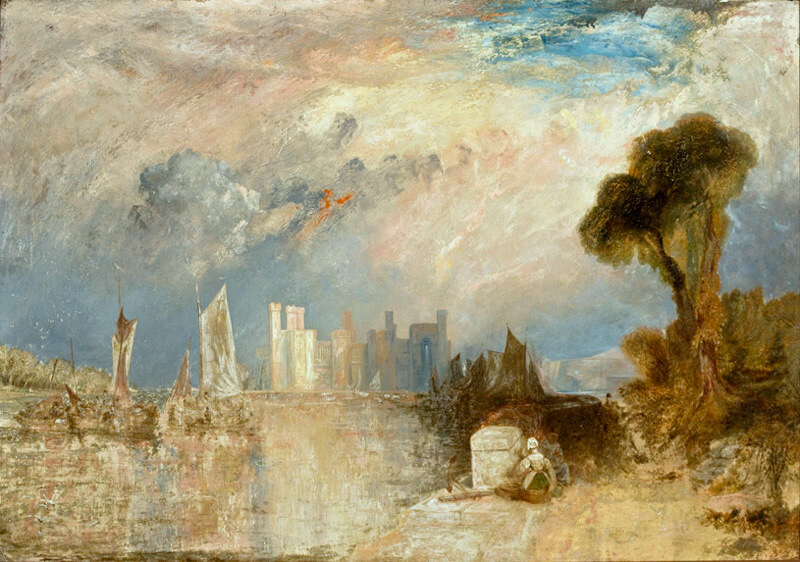
How to visit MASP:
Address: Av. Paulista, 1578 – Bela Vista, São Paulo – SP, 01310-200
Location: Across from Trianon Park near Trianon metro station
Parking: Street parking and parking in small lots available nearby
Hours: Tuesday through Sunday 10 a.m. to 6 p.m. The ticket counter closes 30 minutes before closing time.
Cost: R$50.00 (about $8 in U.S. dollars). Students, teachers, and senior citizens over the age of 60 pay half-price
MASP is free on Tuesdays.
For more information: 30 things to do in São Paulo and information about MASP here. (Images of the paintings are from Wikipedia Commons; all other images are mine.)
Pin it for later:

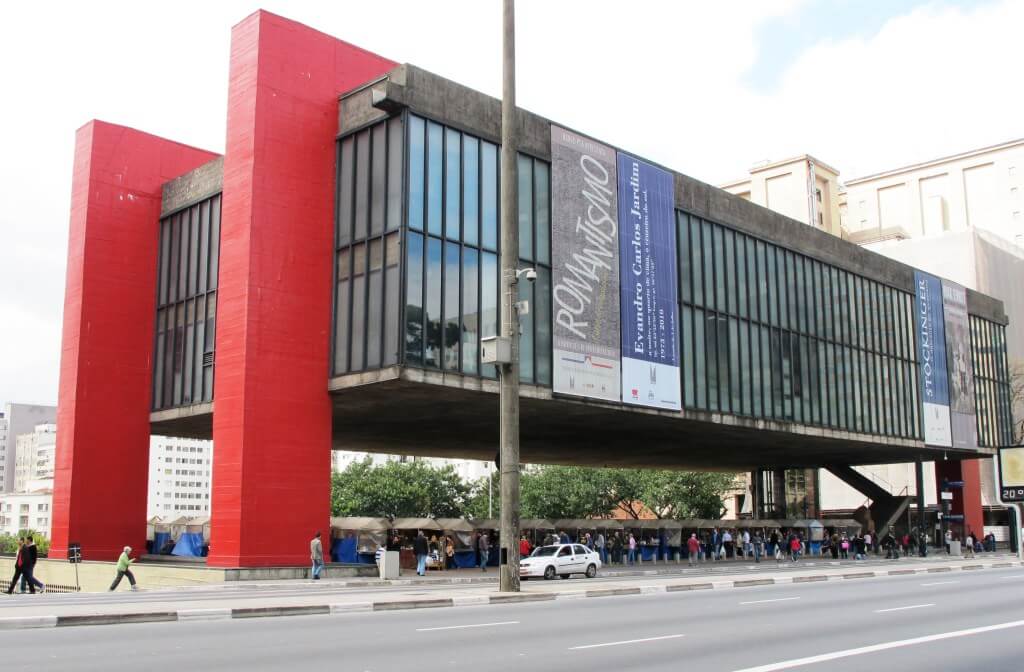
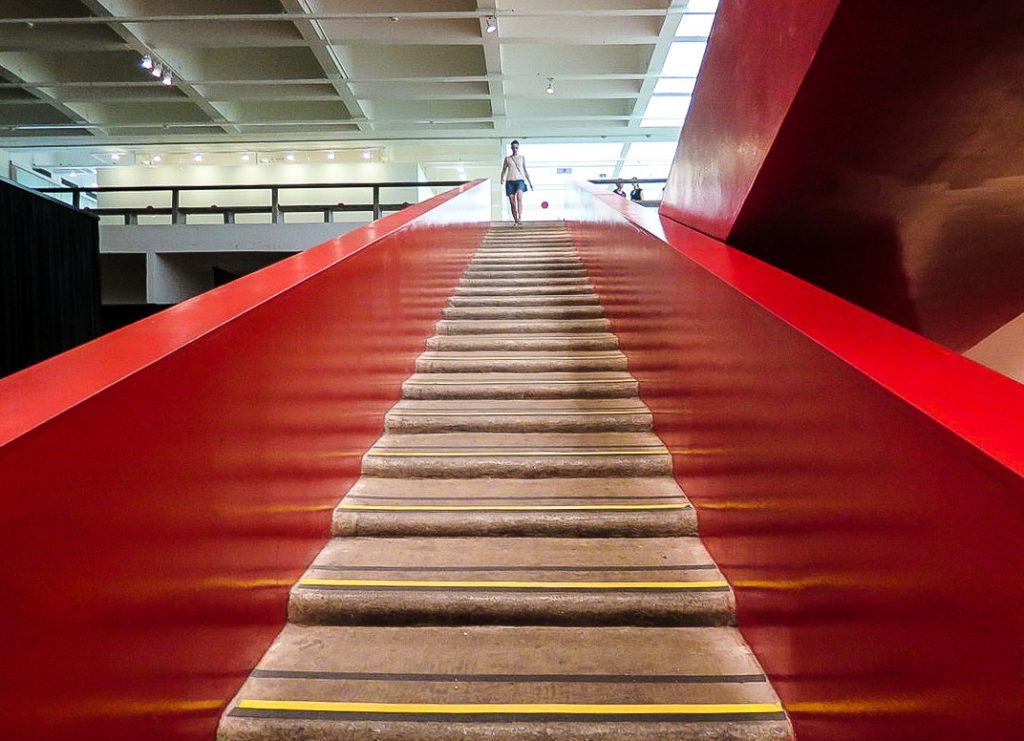
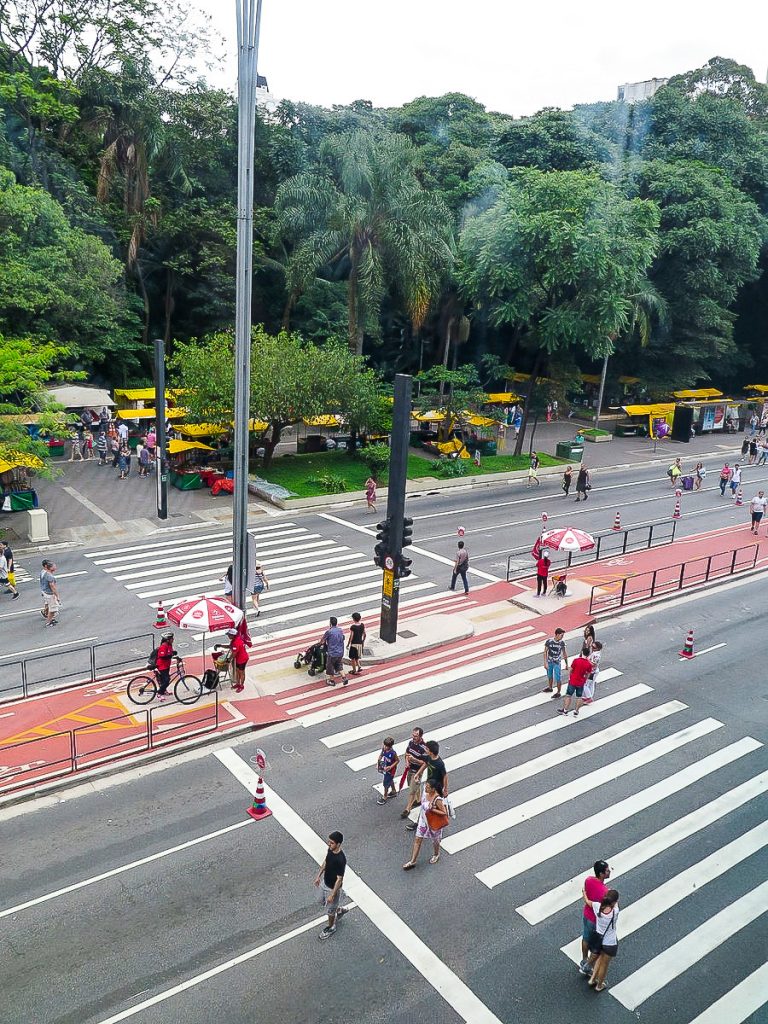
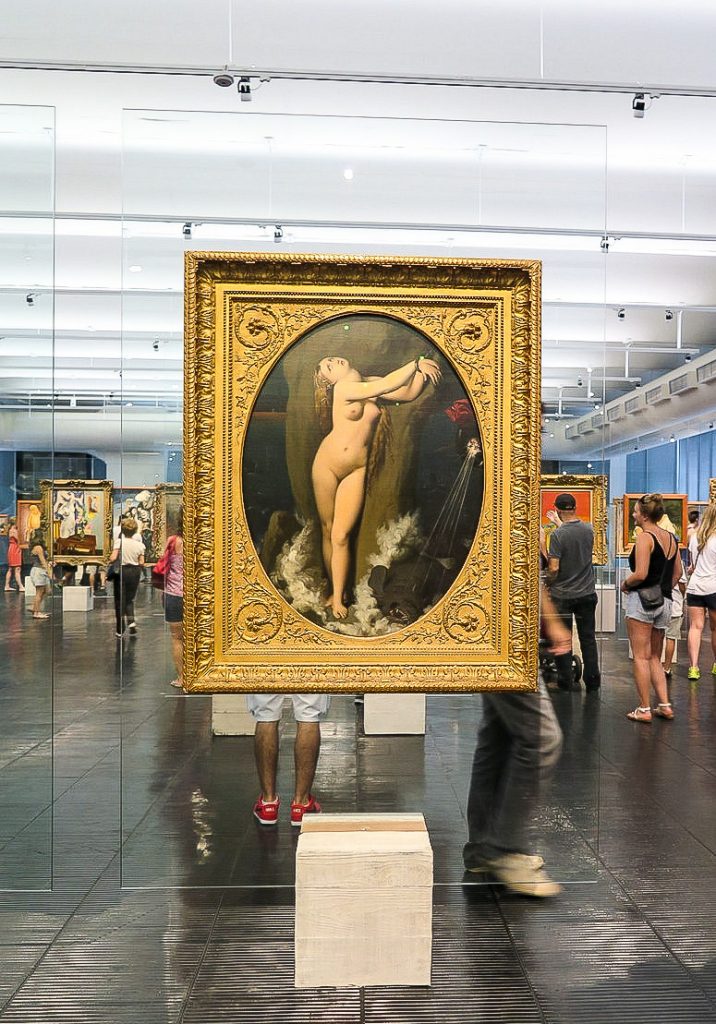
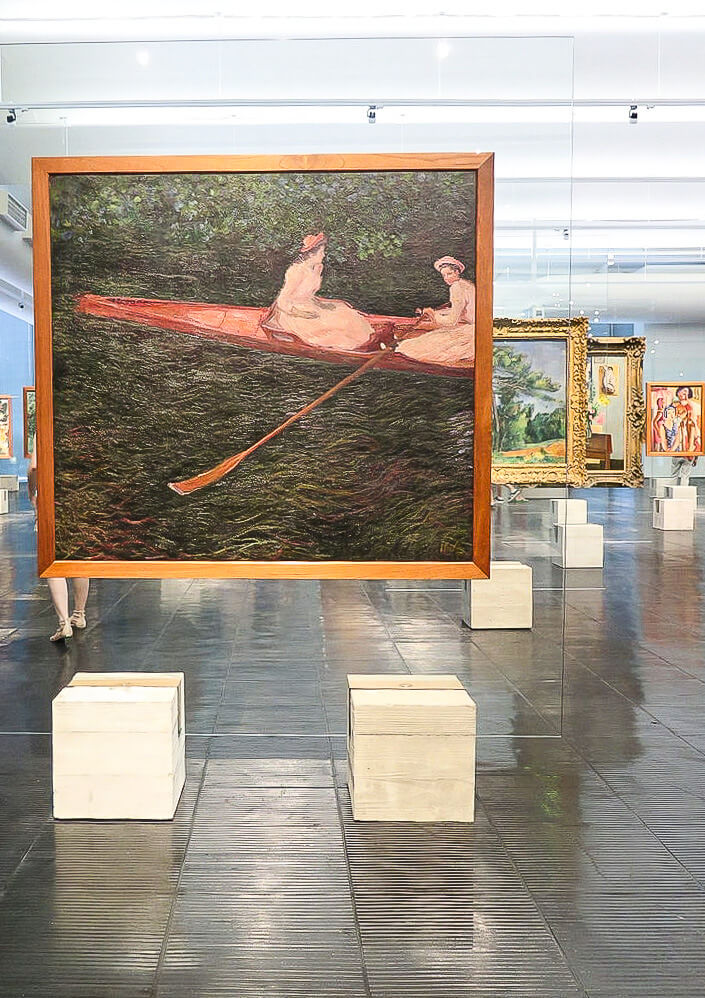
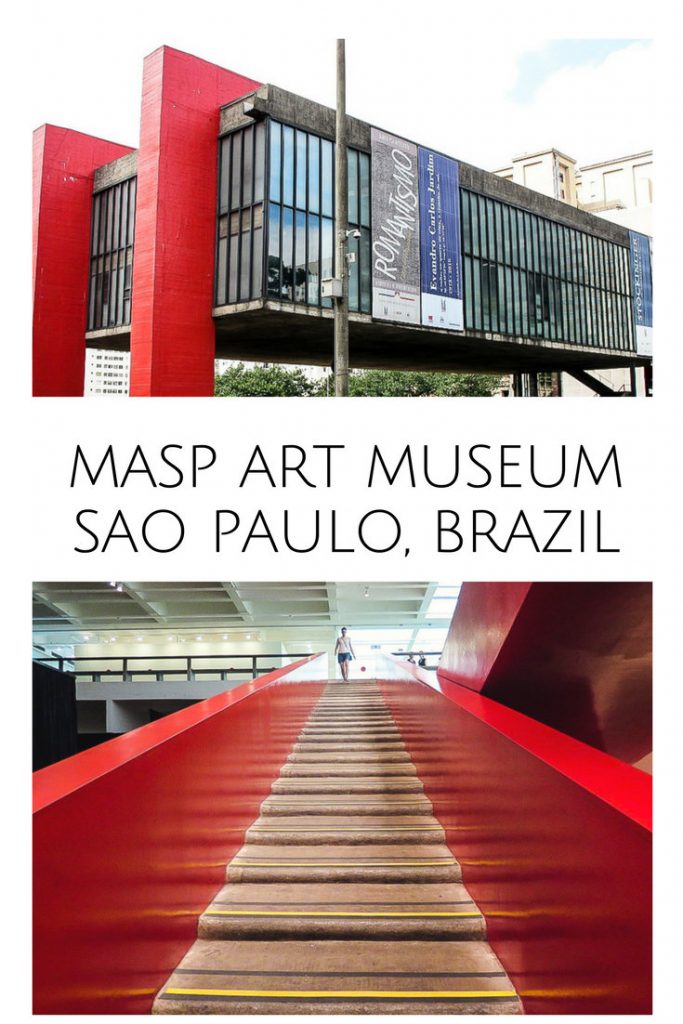
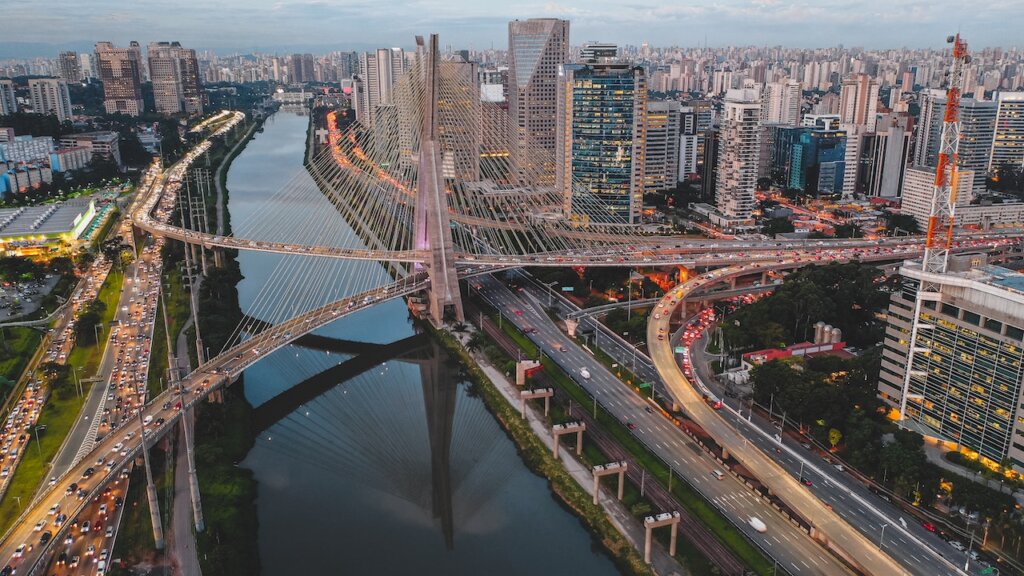
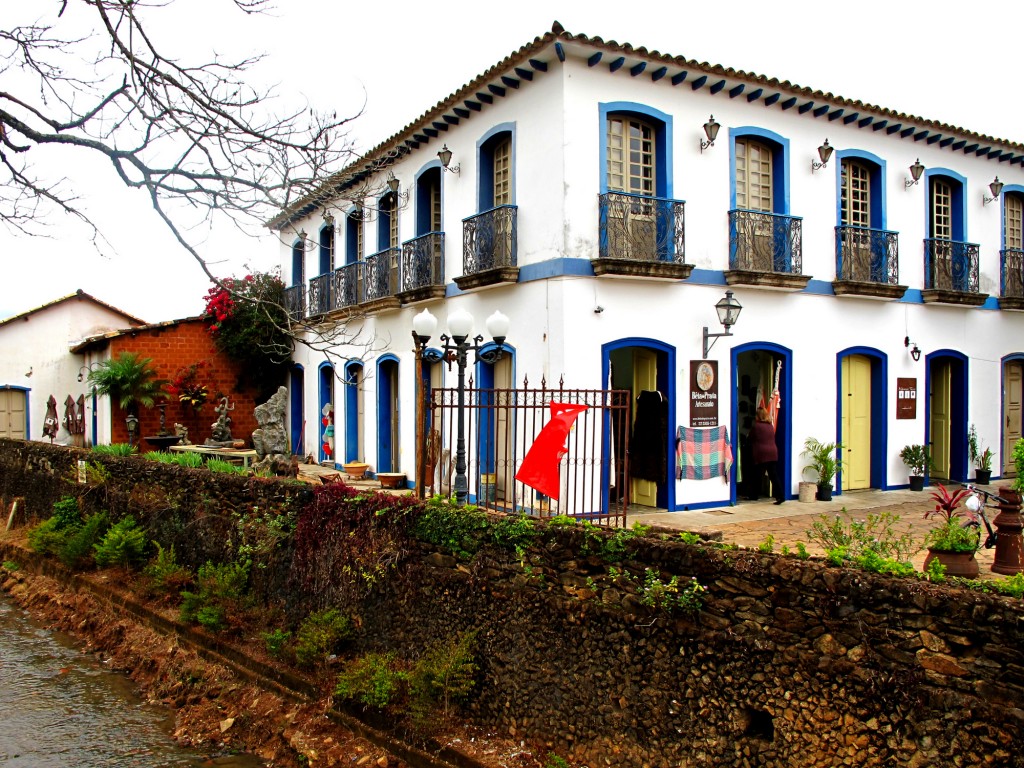
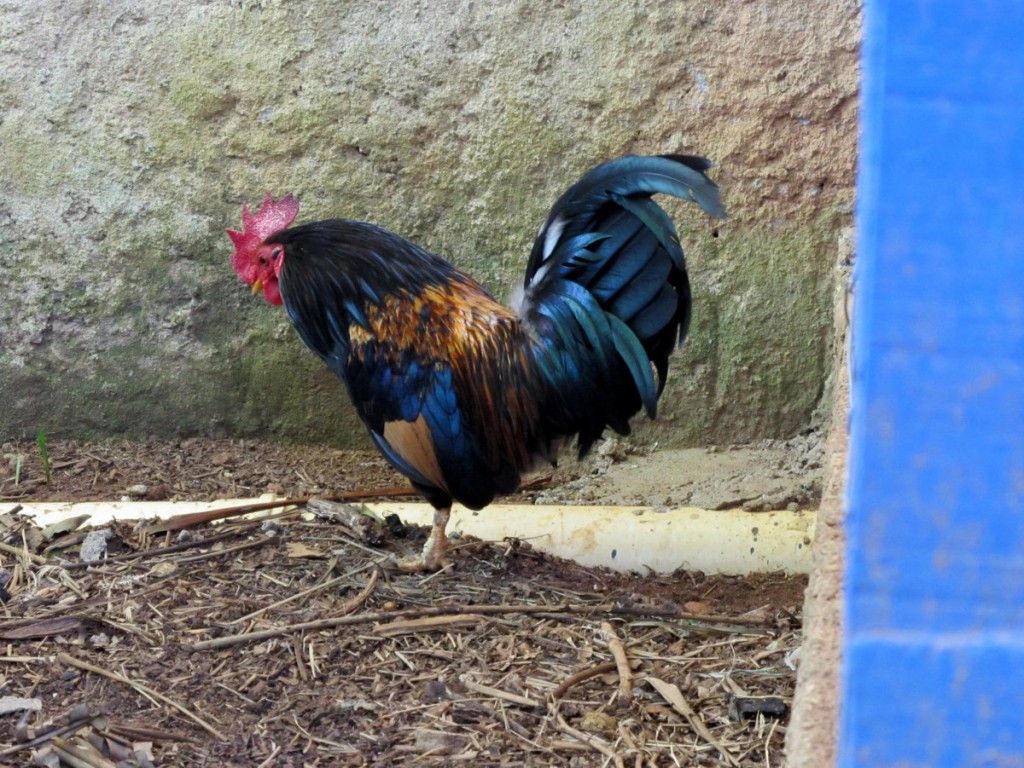
What a stunning collection of paintings my friend with so many masters featured. And the pics are amazing too!!!
Thanks, Jeff. I know you will love it if you get to Brazil one day.
That architecture!! I’m dying!
Also love that they divide it up by theme, such a nice change from the usual. I’m stuck on that Velasquez though. His head is tiny! What’s up with that? It’s kind of creepy…
The Rembrandt looks like one from my class. I always love how he painted eyes.
I agree about the architecture although I never could have put it the same way you did 🙂 And I have noticed the small head problem, too. Wonder if it was intentional on Velasquez’s part…
I grew tired of religious art in Latin America but I really like modern art galleries there – some really interesting things around revolutions.
I have many more art museums and galleries to visit in Brazil (and the rest of Latin America, of course), and I agree that the religious art can get tiresome.
Based on the architecture, I would of expected a more contemporary collection! Do love that piece by Toulouse-Lautrec.
The architecture is pretty cool but can throw you off. Some of the temporary exhibits focus on modern and contemporary but definitely not all.
Oh my gosh! I had no idea half of these works were in Brazil of all places! Just goes to show you that famous art really is sprinkled all over the world. Your trip sounds fabulous; I’ll have to mentally bookmark this museum for whenever I finally get to Sao Paulo myself!
There is a lot of surprising stuff in Brazil, and the museums in Sao Paulo are great, I think.
Sounds like it could be worth a visit – I’m planning a trip to Brazil early next year and I’m just starting to get excited about some of the things I’m going to see and do
There are so many things to see and do in Brazil–I’m sure it can be hard to narrow it down for a first trip. Let me know if you need any suggestions!
The excellent collections are eye catching. I want to take a visit at Museum of Art in Sao Paulo, Brazil. Thanks for this nice post.
I remember visiting this museum several years ago, when I was living in São Paulo. I remember being pleasantly surprised to see how many well-known European artists were featured in their permanent collection. Like you said, these paintings are not the best pieces by well-known artists, but it is still a very solid and interesting collection. It’s also just fun to go and see works by famous artists that rarely (or never!) appear in mainstream art history textbooks and publications. In a way, a trip to this museum is like experiencing art history in a new and fresh way.
I also like the Museu da Arte Sacra in São Paulo. I felt like I got a better sense of colonial art and Brazilian heritage in that museum, and it actually sparked my initial interest in the sculptor Aleijadinho.
Good point about experiencing something unexpected and different at a museum like this that has less known works by great artists. I’ve been missing going to exhibits since my kids were born, so going to MASP was very exciting for me. It is a great museum. I haven’t been to the Museu da Arte Sacra but am interested, especially after your comment.
How interesting that you lived in Sao Paulo. I’m curious why.
I just visited the Museum and it was a good experience and how the curators planned the museum by theme.
Good collection indeed.
I am trying to find the name of a painter and the painting that is the last painting on the top floor.
an indian woman washed to the shore (appears to be sleeping ) but its from a ship wreck.
Please let me know if anyone can remember.
Glad you enjoyed the museum! Unfortunately, I have no idea about that painting. You might try contacting the museum itself.